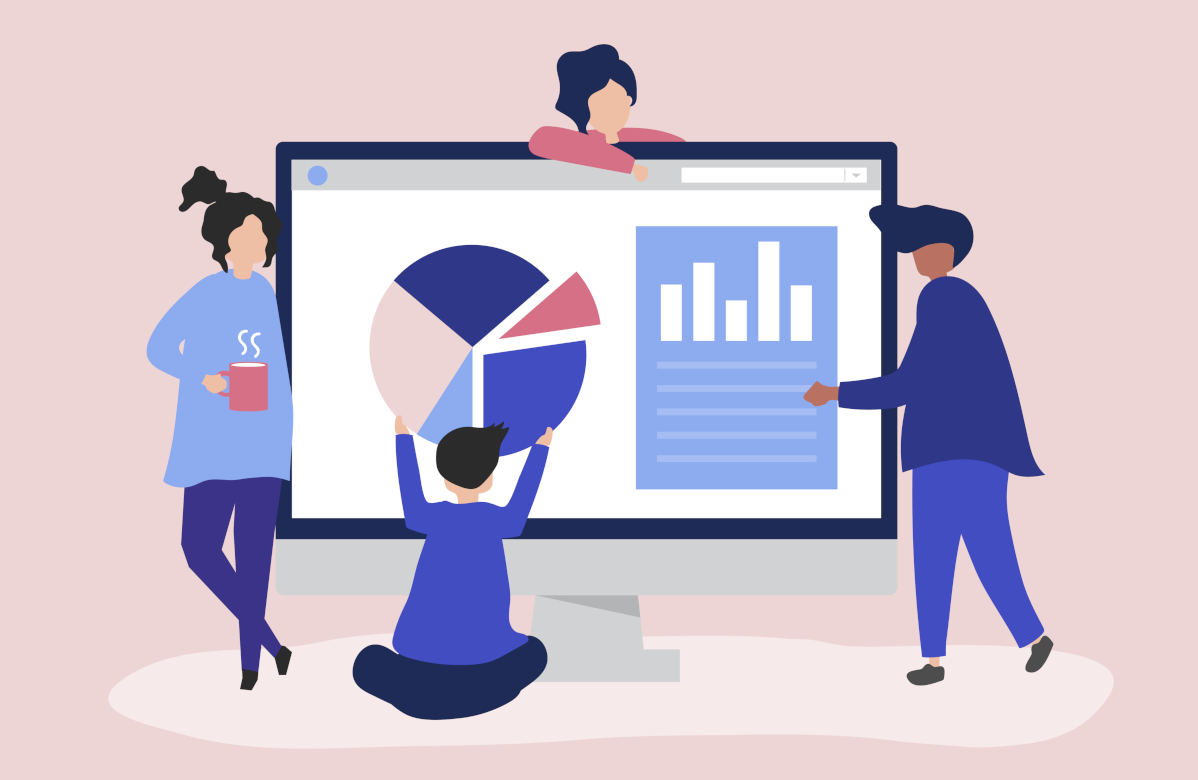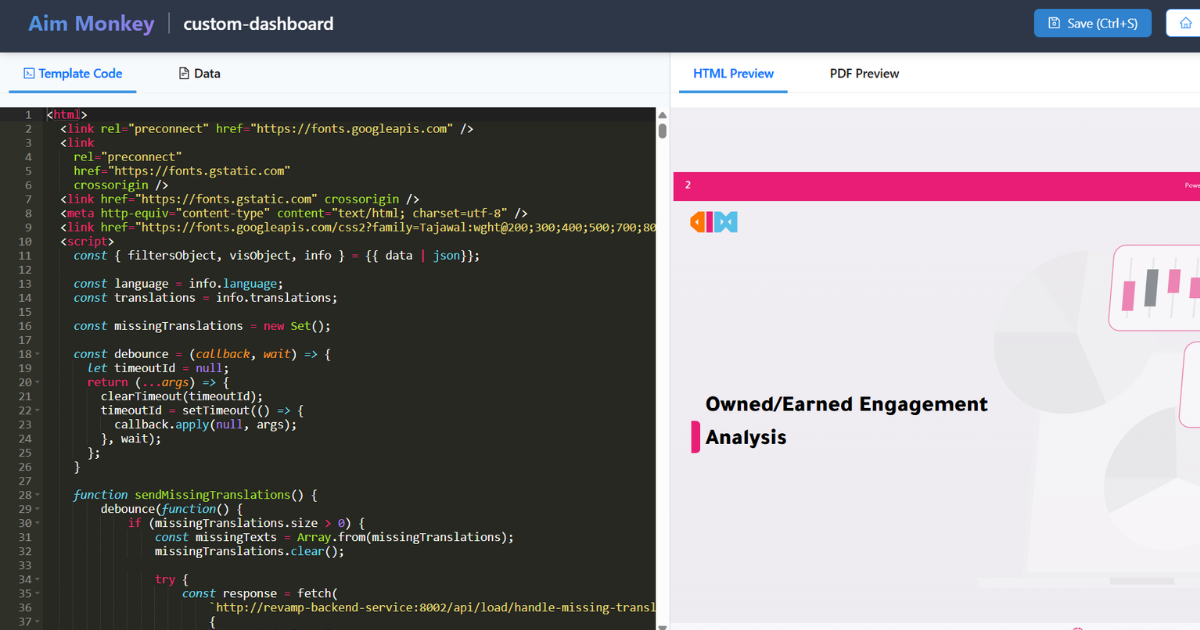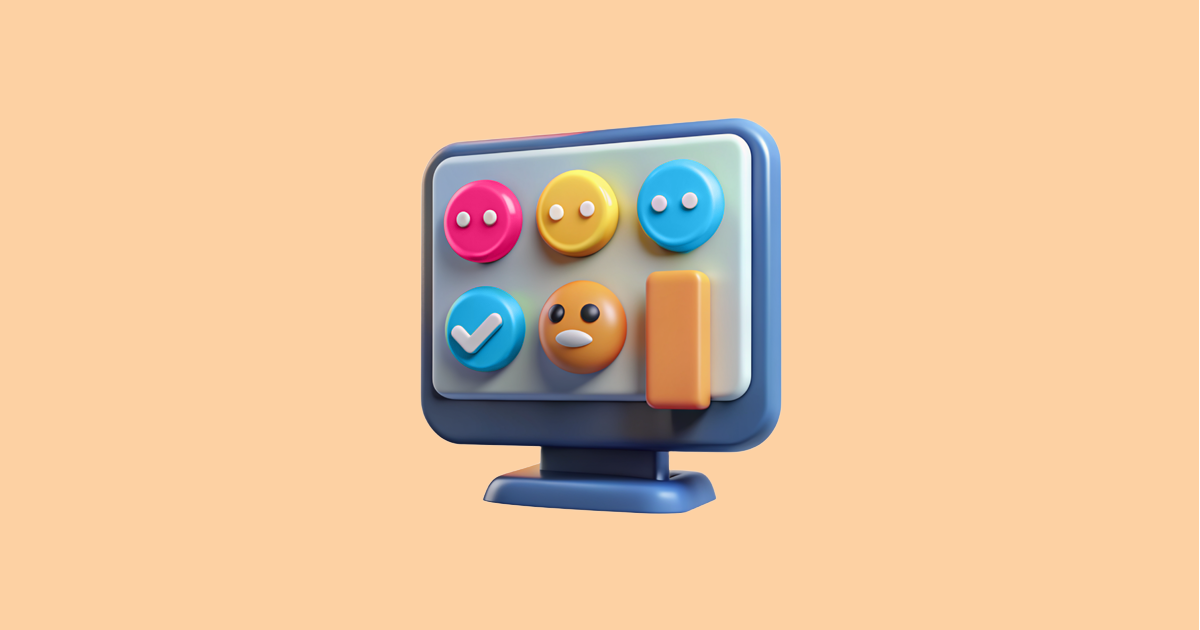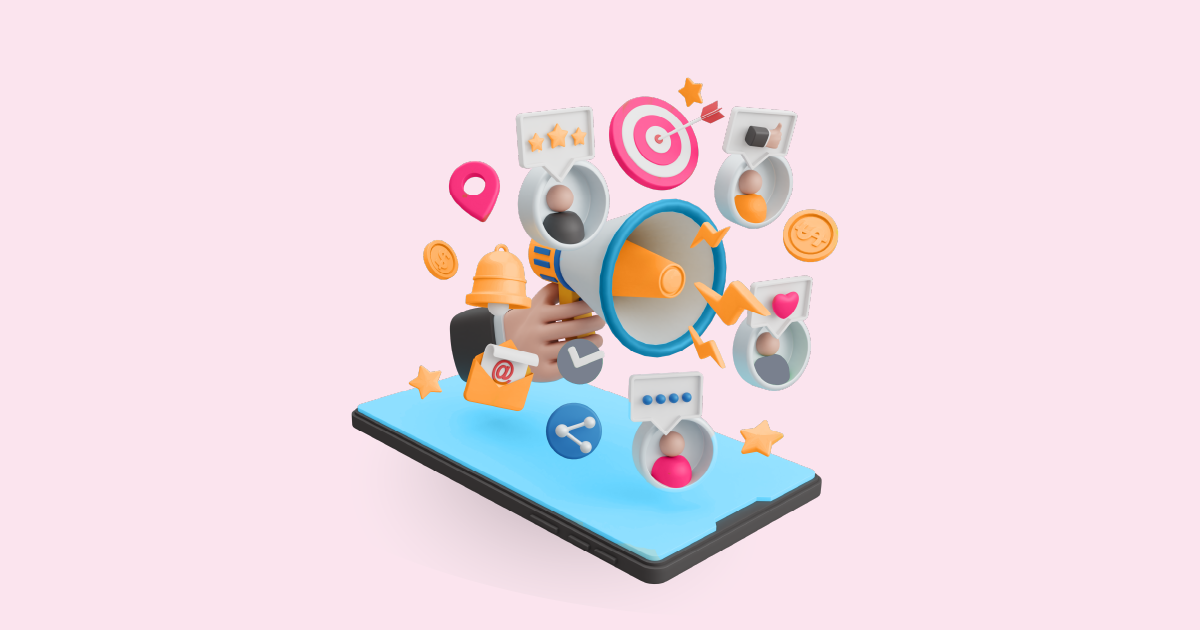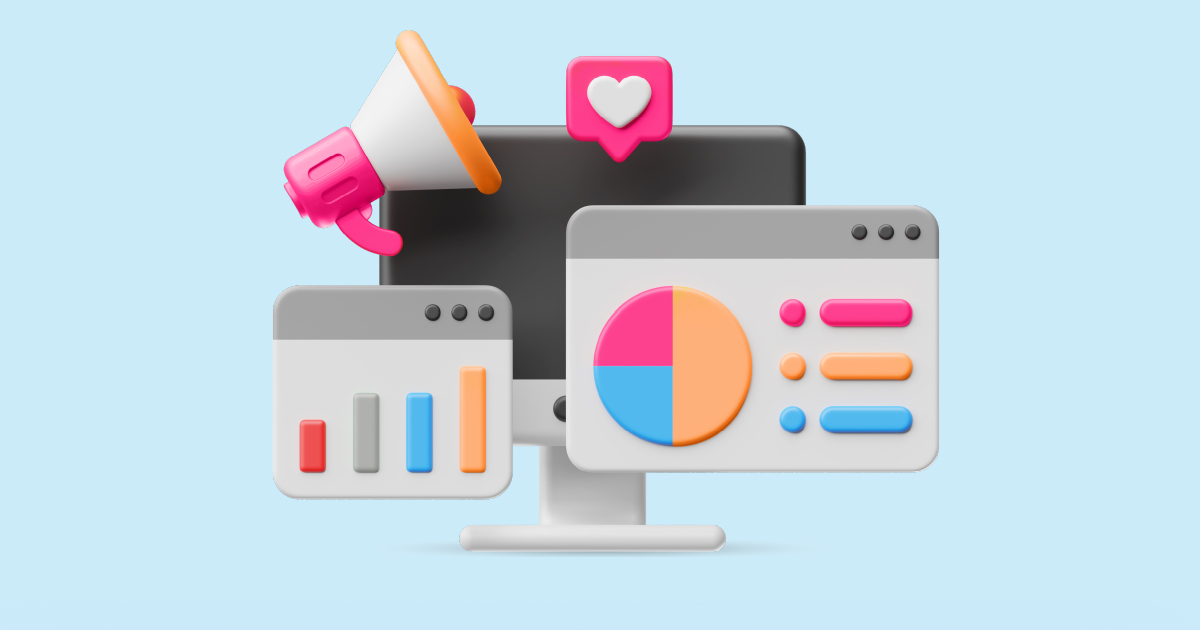In today’s world, businesses need to keep a close eye on what their customers are saying online. With the advent of social media, consumers have an unprecedented ability to voice their opinions about brands and products. This has given rise to a new field of marketing known as social listening analytics. In this article, we’ll explore what social listening analytics is, why it’s important, and how businesses can use it to gain insights into their customers’ conversations online.
What is Social Listening Analytics?
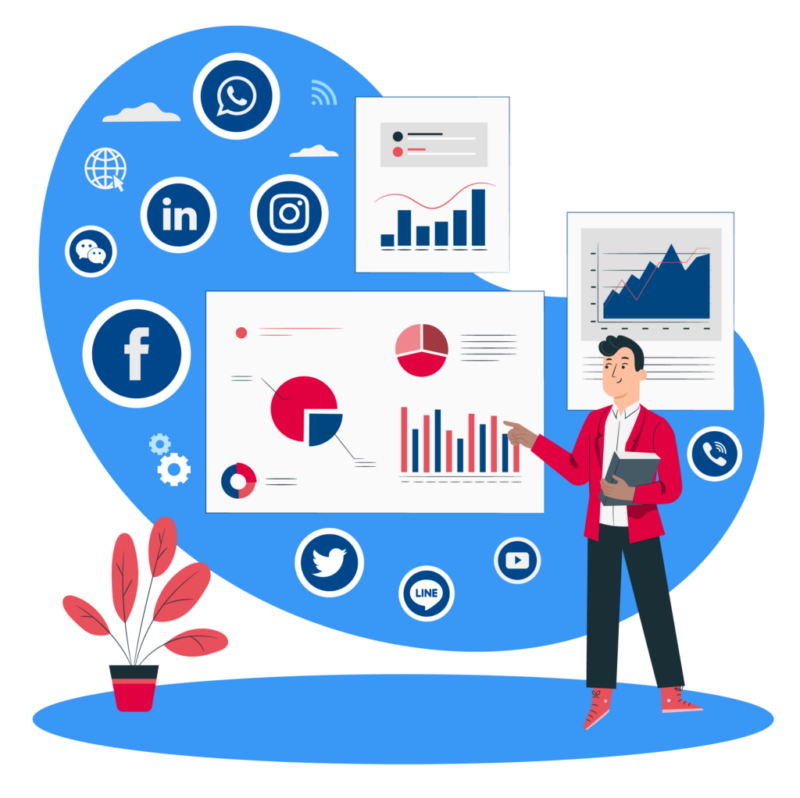
Social listening analytics is the process of monitoring social media channels and other online platforms to identify and analyze conversations about a brand, product, or service. This data can then be used to understand consumer sentiment, identify trends, and inform marketing strategies.
Social listening analytics tools use machine learning algorithms to analyze social media posts, comments, and other online content to identify patterns and themes. These tools can also provide sentiment analysis, which measures the tone of online conversations about a brand, product, or service. By analyzing these conversations, businesses can gain valuable insights into what their customers are saying about them and what they want.
Why is Social Listening Analytics Important?
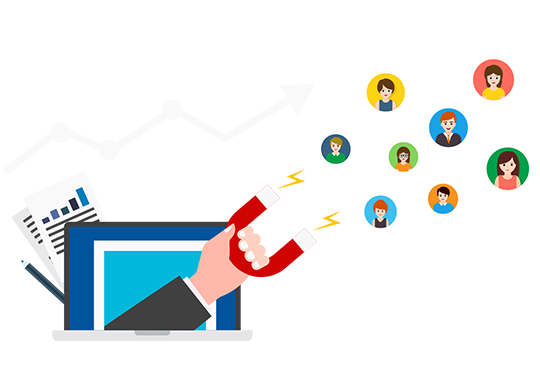
Social listening analytics is important for several reasons. First, it provides businesses with a way to understand what their customers are saying about them online. This can help them identify areas where they are doing well and areas where they need to improve. By understanding their customers’ needs and concerns, businesses can develop products and services that better meet their customers’ needs.
Second, social media listening analytics can help businesses identify trends and emerging issues. By monitoring online conversations, businesses can identify new trends and potential issues before they become widespread. This can help businesses stay ahead of the curve and respond proactively to changing market conditions.
Finally, social listening insights can help businesses measure the impact of their marketing efforts. By monitoring social media channels, businesses can track the reach and engagement of their marketing campaigns. This can help them identify which campaigns are most effective and adjust their strategies accordingly.
How Can Businesses Use Social Media Listening Analytics?
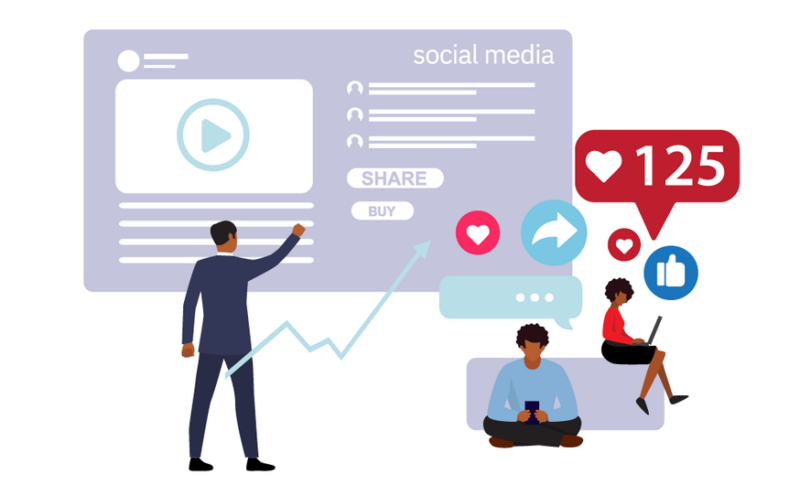
There are several ways that businesses can use social listening insights to gain insights into their customers’ conversations online. Here are some examples:
- Monitor brand mentions: By monitoring social media channels for brand mentions, businesses can identify areas where they are doing well and areas where they need to improve. They can also respond to customer complaints and concerns in real-time, which can help improve customer satisfaction.
- Identify influencers: Social listening insights tools can help businesses identify influencers in their industry. By partnering with influencers, businesses can reach new audiences and build brand awareness.
- Track sentiment: By tracking sentiment, businesses can identify the tone of online conversations about their brand, product, or service. This can help them identify areas where they need to improve and respond to negative sentiment in real-time.
- Identify emerging issues: By monitoring online conversations, businesses can identify emerging issues and potential trends. This can help them stay ahead of the curve and respond proactively to changing market conditions.
- Measure marketing impact: By monitoring social media channels, businesses can track the reach and engagement of their marketing campaigns. This can help them identify which campaigns are most effective and adjust their strategies accordingly.
Benefits
1. Customer Insights
Social listening provides valuable insights into customer preferences, pain points, and behaviors, allowing businesses to tailor their products and services accordingly.
2. Brand Reputation Management
By monitoring brand mentions and sentiment, businesses can quickly address any negative feedback or PR crises, preserving their reputation.
3. Competitive Analysis
Social listening allows businesses to keep tabs on their competitors, identifying strengths, weaknesses, and market opportunities.
Implementing Social Listening Analytics Tools
Choosing the right social listening tools is crucial for success. Factors to consider include the platforms you want to monitor, the volume of data you expect to analyze, and your budget.
Strategies for Effective Social Listening
1. Identifying Key Metrics
Determine which metrics are most important to your business goals, whether it’s sentiment analysis, engagement rates, or customer demographics.
2. Engaging with Audience
Social listening is not just about monitoring; it’s also about engaging with your audience. Respond to comments, answer questions, and participate in conversations to build stronger relationships.
3. Responding to Feedback
Whether it’s positive or negative feedback, responding promptly shows that you value your customer’s opinions and are committed to addressing their concerns.
Case Studies
Example 1: Starbucks
Starbucks uses social listening to gather feedback on new products, identify emerging trends, and engage with customers on a personal level.
Example 2: Nike
Nike leverages social listening to track brand sentiment, monitor competitor activity, and identify influencers for marketing campaigns.
Challenges
1. Data Overload
With the sheer volume of data available, businesses may struggle to filter out the noise and focus on actionable insights.
2. Sentiment Analysis Accuracy
Automated sentiment analysis tools may not always accurately gauge the tone of online conversations, leading to misinterpretation of data.
Future Trends
1. AI Integration
Artificial intelligence will play a larger role in social listening, offering more advanced analysis and predictive capabilities.
2. Real-time Monitoring
Businesses will increasingly demand real-time social listening capabilities to respond quickly to emerging trends and crises.
3. Predictive Analysis
Social listening tools will evolve to offer predictive insights, allowing businesses to anticipate customer needs and market trends.
Case Studies
1. Starbucks: Turning Customer Feedback into Gold
Starbucks has long been a leader in social listening, using it to engage with customers and innovate in ways that resonate with their audience. For instance, during the launch of their Nitro Cold Brew in 2016, the brand leveraged social listening to gauge customer reactions and identify potential concerns. This allowed them to tweak their marketing strategy and product placement ahead of time, ensuring the launch was a success.
By analyzing customer conversations across social media platforms, Starbucks was able to capture an unprecedented 15% increase in customer engagement during the first month of the campaign. The social listening tool also flagged several influencers who shared positive reviews, which led to targeted influencer partnerships that further amplified the brand’s reach.
Key takeaway: Social listening allowed Starbucks to perfect its launch, increase engagement, and foster a loyal community.
2. Nike: A Data-Driven Marketing Giant
Nike’s “Dream Crazy” campaign, which featured Colin Kaepernick, is one of the most talked-about marketing efforts in recent years. Nike used social listening tools to monitor both the positive and negative conversations around their controversial decision. They quickly identified that while the campaign sparked significant backlash from certain groups, it also generated massive support from younger, more diverse demographics.
The results? Nike’s online sales surged by 31% during the first week of the campaign’s launch, setting a record for the company. By understanding the sentiments of various customer segments in real time, Nike adjusted its messaging, engaging with their loyal customer base while using the controversy as a powerful platform for advocacy and inclusivity.
Key takeaway: By leveraging social listening, Nike turned a potentially risky move into a groundbreaking marketing triumph.
Record-Breaking Stats
Example 1: Coca-Cola’s “Share a Coke” Campaign
Coca-Cola’s “Share a Coke” campaign, which featured personalized bottles with people’s names, was one of the most successful marketing campaigns of the decade. Using social listening, Coca-Cola tracked conversations around the campaign, identifying which names were most frequently mentioned and where the campaign resonated most strongly.
Record-breaking result: The campaign saw a 7% increase in global sales, and social listening was key to adapting the campaign as it unfolded, ensuring that consumer engagement remained high throughout its run.
Example 2: GoPro’s Community Engagement
GoPro’s success with user-generated content is partly attributed to their use of social listening. By tracking customer feedback and monitoring the success of user-shared videos, GoPro learned which products and features were most praised. This insight drove their product development, leading to the launch of the GoPro Hero 5, which generated record-breaking sales.
Record-breaking result: The Hero 5 launch became GoPro’s most successful product introduction, leading to over $1 billion in sales within the first quarter of release.
Quotes from Influencers and Industry Experts
1. Neil Patel, Digital Marketing Expert: “Social listening is no longer a ‘nice-to-have’ tool; it’s an absolute necessity. Brands that ignore the voice of their customers are risking losing relevance in today’s highly competitive market.”
2. Rand Fishkin, Co-Founder of SparkToro: “Social listening isn’t just about tracking mentions. It’s about understanding the intent and sentiment behind those conversations. Brands that excel at this are the ones that will lead their industries.”
3. Ann Handley, Content Marketing Pioneer: “Social listening helps you do more than just respond to customers. It helps you proactively shape your brand’s narrative, anticipate customer needs, and foster authentic relationships.”
4. Jay Baer, Marketing Expert and Author: “The brands that succeed in social listening aren’t just collecting data—they’re making decisions. They’re learning from their customers in real time and using that knowledge to create personalized experiences.”
Conclusion
In conclusion, social listening insights can provide businesses with valuable insights into their customers’ conversations online, which can help them improve customer satisfaction, build brand awareness, and stay ahead of the competition.
If you’re interested in learning more about social listening analytics and how it can benefit your business, we encourage you to request a demo from AIM Technologies. With our powerful social listening analytics tools, you can gain a deeper understanding of your customers’ needs and preferences, and develop marketing strategies that resonate with them.
FAQs
How do social listening analytics differ from social media monitoring?
- Social media monitoring typically involves tracking mentions of a brand or keyword, while social listening goes beyond that to analyze sentiment, trends, and customer behavior.
What are some common mistakes businesses make when implementing social listening analytics?
- One common mistake is not defining clear goals and metrics for social listening efforts. Another is relying too heavily on automated tools without human interpretation.
How can small businesses benefit from social listening analytics?
- Even small businesses can benefit from social listening by gaining insights into customer preferences, market trends, and competitor activity.
What are some free social listening tools available for businesses?
- Some free social listening tools include Google Alerts, Hootsuite, and TweetDeck, although they may have limitations compared to paid options.
How often should businesses review social listening data?
- The frequency of social listening analysis depends on factors such as the volume of conversations, the pace of industry trends, and the urgency of any issues or opportunities identified.
